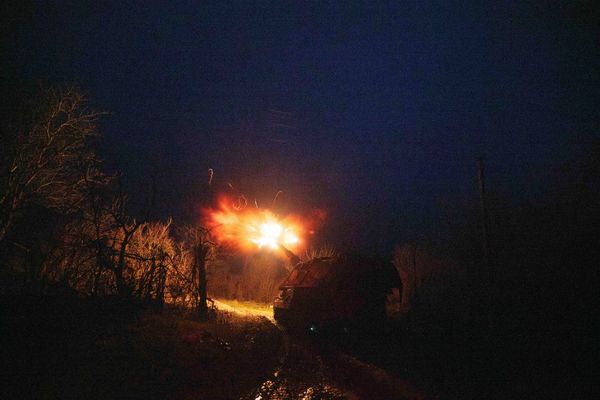
Many of England’s birds, butterflies, bats and protected areas have seen their fortunes decline in recent years, an official government assessment shows.
The annual “biodiversity indicators” monitoring the state of nature in England including habitats, species, land management and protected sites, paint a bleak picture in many areas.
Of 29 indicators assessed for the changes seen over the long term, 12 show an improvement, six have had little or no overall change and 11 measures show a deterioration.
In the short term, seven measures are improving, 10 show little or no overall change and 13 are deteriorating.
The majority of areas with long-term declines are also deteriorating in the short term, suggesting efforts to halt the worsening situation are not yet having an impact.
These include indicators for all breeding birds, farmland birds, woodland birds, butterflies that require specific habitats and those which live in woodlands, and the distribution of species that are considered priorities for conservation.
From the deterioration of protected wildlife sites to the disappearing specialist species like farmland birds, the biodiversity indicators turn the page to another story of decline
And in some areas where things have been improving in the long term, they are now deteriorating or showing no change in the short term, suggesting previous improvements may be lost.
Breeding wetland birds, wintering waterbirds, local wildlife sites under positive conservation management, the extent of protected areas on land and bat populations have all seen declines or no improvement in recent years, following improvements over the long term.
There are some brighter spots in the figures, including the abundance of all species overall, priority species and butterflies living on farmland where long-term deterioration has stabilised in the short term, suggesting a halt in declines.
And the area of land in nature-friendly farming schemes, the extent and condition of marine protected areas and funding for nature are among the areas where things are improving.
But conservationists said the figures showed how little time the government had to meet a legal target to reverse declines in wildlife species by 2030.
Richard Benwell, chief executive of the Wildlife and Countryside Link network of environmental and conservation groups, said: “From the deterioration of protected wildlife sites to the disappearing specialist species like farmland birds, the biodiversity indicators turn the page to another story of decline.
“With time so short ahead of the 2030 legal deadline to halt nature’s decline, Government has just one shot at planning reform, farming reform, and public spending to write a new chapter of recovery.
“The jury is out on whether the Government has the vision to see past short-termism to create a genuinely sustainable economy.”







